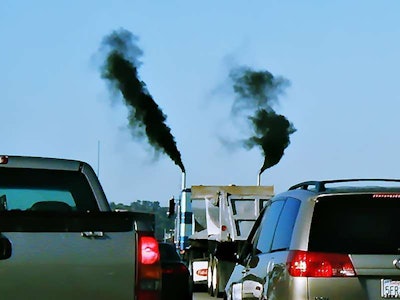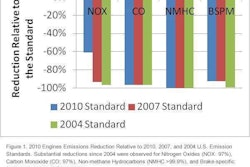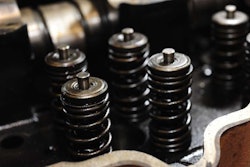
Fortunately, the same things that reduce emissions also make your truck more efficient and profitable.
Related: Keep air filters flowing freely
I’ve always believed these two things reduce emissions: Allowing more air to flow into the diesel engine for combustion, and allowing burned exhaust gases to pass freely through the exhaust manifold, turbo and performance muffler with as little backpressure as possible.
The benefits of the aforementioned are improved fuel mileage, horsepower and responsiveness, as well as cooler engine temperatures. Those perks remain when a semi-truck is driven properly, meaning the driver pays attention to the turbo boost gauge, pyrometer and tachometer.
It’s all about optimization, or in this case, the pursuit of perfection on the part of the driver and his or her driving habits. Driving between 58 and 62 mph also improves fuel economy along with decreasing emissions.
Somehow at these speeds, we still get where we are going. Rarely does driving faster make a big difference in time saved, but it always costs more in fuel.

-Bruce Mallinson is the owner of Pittsburgh Power, an engine performance shop in Saxonburg, Pa.









